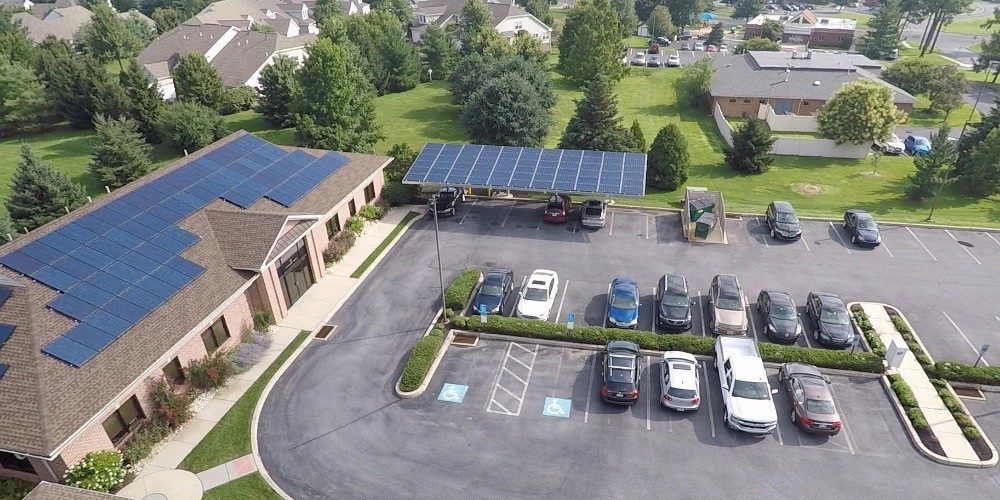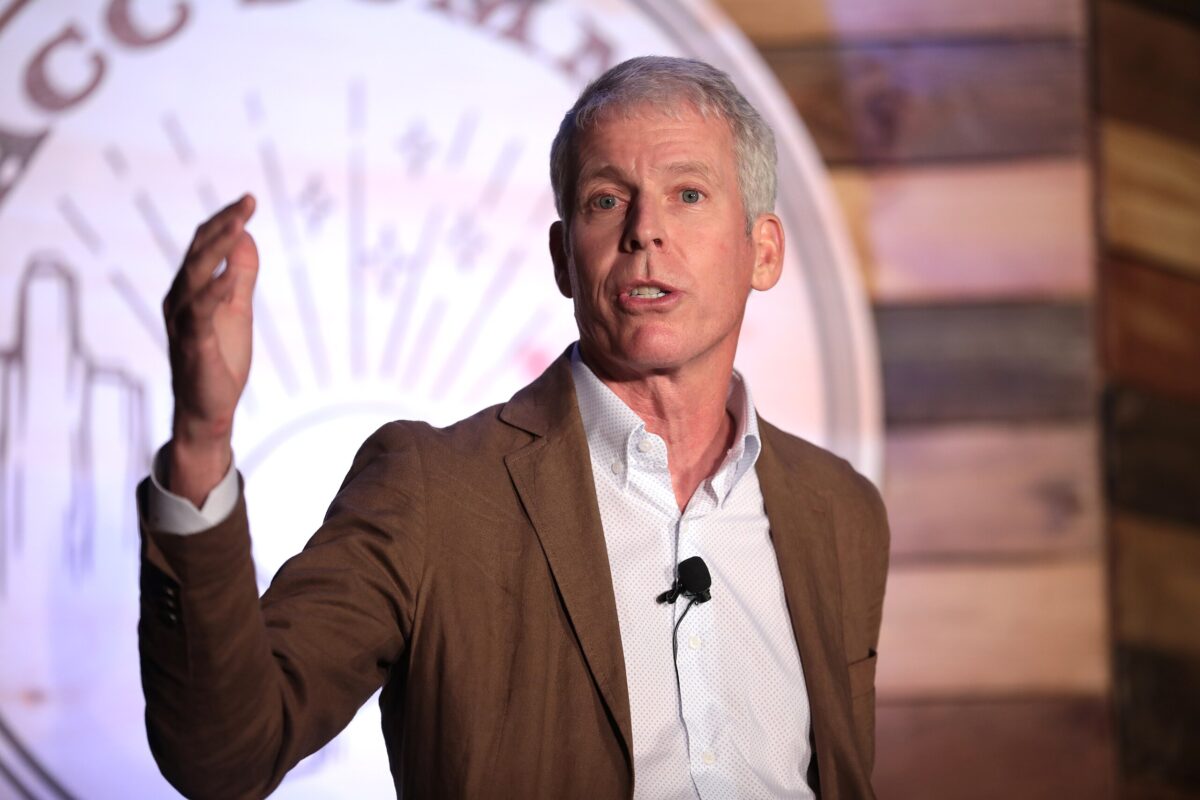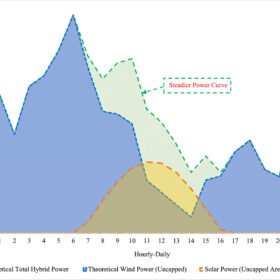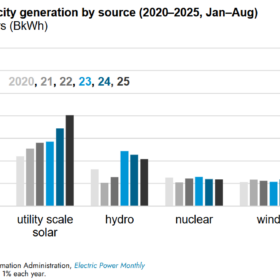The fads come and go, the big ideas rise and fall. It is the nature of our evolution, and how we’re evolving the world around us in time with our resource needs. And for a year or two anything blockchain based – made popular by Bitcoin – was just hot, hot, hot. That is, until the press releases and initial coin offerings slowed, and there still weren’t projects in the ground. And this isn’t blockchain’s fault, its the nature of early adopter Peak of Inflated Expectations.
Power Ledger’s xGrid is now in the United States in three separate locations, with the latest deployment in the PJM Interconnection grid. The project is managing the electricity trading going on between a 35 kW rooftop and carport solar power system and two businesses located within the same business park. The project owner is American PowerNet, an independent power supply company selling into deregulated markets (this author found out about this project via GreenBiz).
Very specifically, Power Ledger provides a piece of software and hardware that tracks electricity generation at this solar power project, much like your utility grade electricity meter, then tracks that same electricity as it moves into the local distribution system, and finally, tracks the electricity usage at multiple customers who have connected their systems together digitally. The system also tracks the creation of Renewable Energy Credits (via the creation of a token – or a coin), and helps manage the transfer of them from the solar power plant to the buyers of the electricity.
American PowerNet deployed the system in a deregulated market with the cooperation of the local utility PPL Electric, utilizing their existing distribution system and pre-existing meters. No additional additional utility hardware, software or engineering fees were required for the electricity trading.

Power Ledger has more projects participating, with several in Australia – including an 80-home project that is trading electricity allotments from an onsite solar power project among themselves.
SMA recently announced that they’d give a single SolarCoin (SLR) to customers for every MWh of solar electricity generated. They rolled this out to more than 260,000 of their existing customers. The coin itself isn’t the thing of value, but instead, it is the renewable energy certificate within the marketplace where the coin is created that matters.
American PowerNet signed up the Commonwealth of Pennsylvania to purchase some of its electricity using Signet, a blockchain based payment system that sits atop the Power Ledger tracking software. This system allows electricity payments to be settled on a daily basis, versus a monthly basis, which from an economics standpoint significantly increases the velocity of money.
This content is protected by copyright and may not be reused. If you want to cooperate with us and would like to reuse some of our content, please contact: editors@pv-magazine.com.








Mr. John Weaver,
This is eloquent and profound. Thanks.
https://upload.wikimedia.org/wikipedia/commons/b/bf/Hype-Cycle-General.png